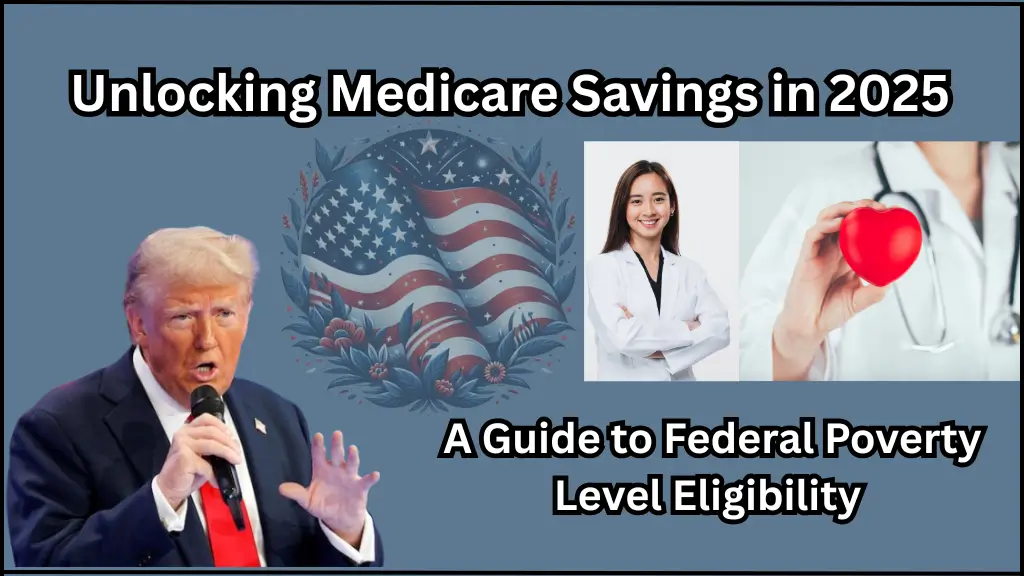Medicare Savings in 2025: Understanding the federal poverty guidelines is essential for Medicare beneficiaries looking to reduce healthcare costs. Every year, the Department of Health and Human Services (HHS) updates these guidelines based on living cost changes, and the 2025 figures are no exception. These thresholds determine eligibility for several Medicare assistance programs, including Medicare Savings Programs (MSPs) and Extra Help for Medicare Part D.

2025 Federal Poverty Guidelines
For 2025, the federal poverty level (FPL) is a critical benchmark. In the continental U.S., an individual earning up to $15,650 and a two-person household with an income of up to $21,150 are considered to be at 100% of the FPL. Note that these figures are adjusted for residents of Alaska and Hawaii due to higher living costs.
Medicare Assistance Programs and Income Thresholds
Medicare-related financial assistance programs use percentages of the FPL to set income eligibility:
- 100% FPL – Qualifying Medicare Beneficiary (QMB) Program:
Individuals at or below this threshold can have their Medicare Part A and Part B premiums, deductibles, and co-payments covered. Some states also align Medicaid eligibility with this income level. - 135% FPL – Extra Help and Other Programs:
Those earning below 135% of the FPL may qualify for Extra Help with Medicare Part D prescription drug costs. This category also includes the Specified Low-Income Medicare Beneficiary (SLMB) and Qualifying Individual (QI) programs, which help offset Medicare Part B premiums. - 150% FPL – Full Extra Help Subsidy:
At this income limit, beneficiaries are eligible for a complete subsidy to reduce out-of-pocket expenses for prescription drugs. - 200% FPL – Qualified Disabled and Working Individuals (QDWI) Program:
This program provides continued Medicare coverage for individuals who lost their benefits due to employment changes.
Recent changes, influenced by the Inflation Reduction Act, now ensure that all eligible individuals receive full Extra Help benefits, streamlining the previous tiered approach.
Why These Guidelines Matter
By understanding these income thresholds, Medicare beneficiaries can determine their eligibility for programs that cover essential costs like premiums, deductibles, and co-payments. This not only maximizes savings but also provides peace of mind by ensuring that beneficiaries receive the necessary support for their healthcare needs.
FAQs about Medicare Savings in 2025
- What is the 2025 federal poverty level for Medicare eligibility?
For the continental U.S., 100% FPL is set at $15,650 for an individual and $21,150 for a two-person household. - How does household size affect Medicare assistance eligibility?
The income thresholds increase with household size, impacting which Medicare programs you may qualify for. - Which programs use the federal poverty guidelines for determining eligibility?
Programs like the QMB, Extra Help for Part D, SLMB, QI, and QDWI use these guidelines. - What role does the Inflation Reduction Act play?
The Act has ensured that all eligible beneficiaries now receive full Extra Help benefits, removing previous tiered limits. - Where can I get more detailed information about my eligibility?
Visit the official HHS or SSA websites to use their online tools and calculators.
As a finance news writer at sirfal.com, I specialize in breaking down complex economic trends, market updates, and investment strategies into clear, actionable insights. My mission is to empower readers with the knowledge needed to make informed financial decisions. Thank you for engaging with my articles; I hope they add value to your financial journey.